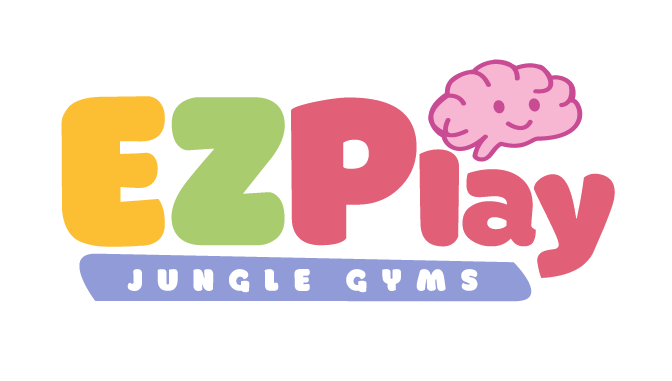
What Is Container Baby Syndrome? How to Prevent It With Movement-Based Play
Written by Dr. Stefanie Rodsater, Pediatric Chiropractor and Founder of Building Brilliant Brains
If your baby is spending more time in a seat than on the floor—you’re not alone.
Between car seats, bouncers, strollers, swings, and high chairs, modern babies spend much of their day… contained.
But here’s the problem:
Containers limit movement—and movement grows the brain.
This is what professionals call Container Baby Syndrome.
It’s more common than ever—and more preventable than you think.
Let’s break it down—and show you how to fix it with brain-building movement that’s easy to do at home.

🚫 What Is Container Baby Syndrome?
It’s not a diagnosis you’ll find in a textbook, but it’s real.
Container Baby Syndrome happens when a baby spends too much time in passive gear—like:
-
Car seats (outside the car)
-
Swings
-
Sit-me-up chairs
-
Exersaucers
-
Bumbos
-
Jumpers
Overuse of these containers can delay or interfere with:
-
Gross motor development
-
Head + neck control
-
Primitive reflex integration
-
Core strength and posture
-
Sensory and vestibular input
-
Speech and visual tracking
🧠 Why Movement Is the Cure
According to Glenn Doman, “The brain grows by use.”
And movement is what activates every part of a baby’s developing brain.
When babies can roll, crawl, hang, climb, and balance—they naturally:
-
Strengthen their sensory systems
-
Build the physical brain-body connection
-
Develop emotional regulation
-
Hit motor milestones on time or early
Movement is not optional. It’s essential.
✅ Simple Ways to Ditch the Containers
Here’s how to give your baby the movement input they need—without relying on gear:
1. Prioritize Floor Time
What to do:
-
Use a Plush Baby Mat or Double-Sided Play Mat for safe, soft surfaces
-
Encourage tummy time, rolling, stretching, crawling, and even spinning with your help
Bonus: You can be the “container” by lying down and letting baby climb you!
2. Create a Movement Corner
Use EZPlay tools like:
-
Panda Teepee Tent for crawling under/through
-
Balance Board for rocking, tummy surfing, and motor planning
-
Pikler triangle and Koala Playset for early climbing + exploration
- Bonoba Baby Gym is great for littles as well!
Make it visible, accessible, and part of their play zone—not tucked away.
3. Hang and Flip (Once Baby Has Head Control)
-
Hold baby at your forearms and gently hang or “swing”
-
Encourage assisted hanging from low bars once toddler-aged
-
Try slow inversion play to activate the vestibular system
This is powerful input for reflex integration and respiratory development.
🕒 How Much Movement Do They Need?
Aim for a few minutes, many times per day.
The Doman Method emphasizes frequent repetition over duration.
Example:
-
5 min floor time after every diaper change
-
10 min hang/roll/jump station before meals
-
Movement reset anytime baby is fussy or unfocused

Final Thoughts
Containers are convenient.
But when they’re overused, they can slow down the very development we’re trying to support.
The good news?
You don’t need more gear—you need more movement.
EZPlay helps parents create homes that fuel the brain through safe, natural movement.
Whether it’s a balance board, a crawling mat, or an indoor gym—your child’s brain thrives when their body gets to move.
🧠 Ditch the containers. Embrace the movement. Watch the milestones come to life.








